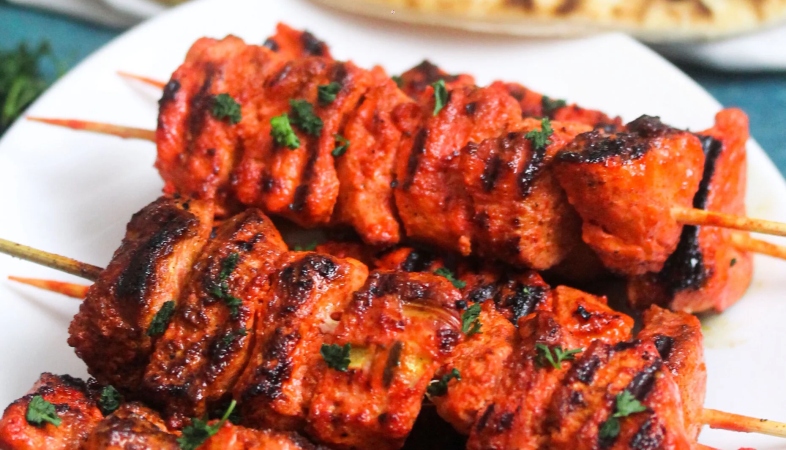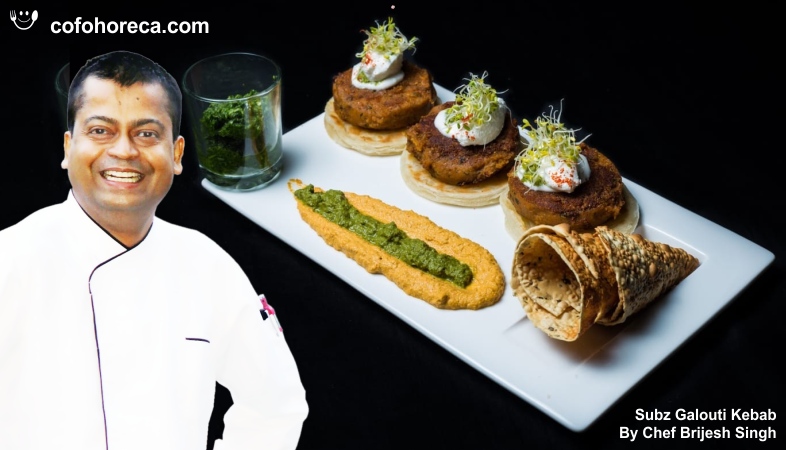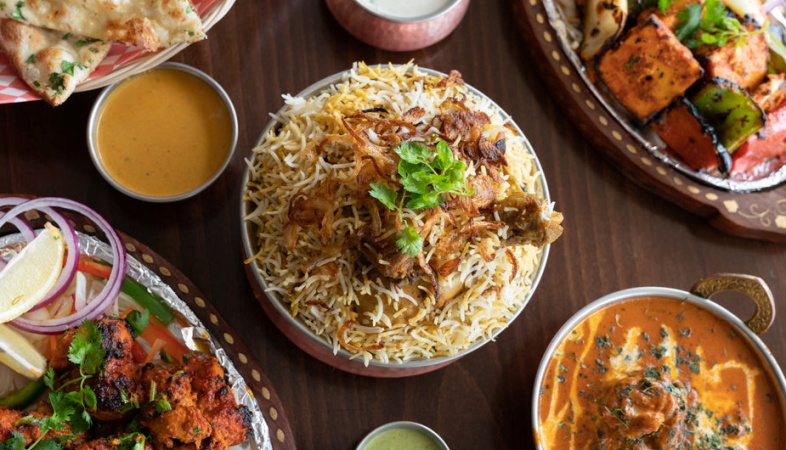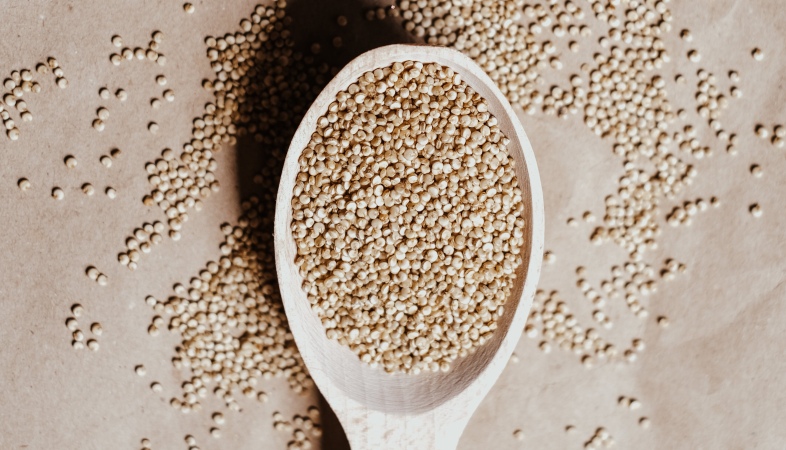The Art of Tandoori: Exploring Traditional Indian Cuisine
The art of Tandoori is a celebration of tradition, technique, and cultural richness.

Indian cuisine, known for its rich tapestry of flavors, aromas, and spices, holds a special place in the global culinary landscape. At the heart of this culinary artistry is the ancient cooking technique of Tandoori, a method that imparts a unique smokiness and tenderness to a variety of dishes. As we delve into the world of Tandoori, we unravel the traditions, techniques, and cultural significance that make it an integral part of Indian culinary heritage.
1. The Origin of Tandoori Cooking
The roots of Tandoori cooking can be traced back centuries to the Indian subcontinent. The word "Tandoor" refers to the traditional clay oven used in this method of cooking. The Tandoor, with its cylindrical shape and high temperature capabilities, has been a fixture in Indian kitchens for generations. Its design allows for various culinary marvels, from flatbreads like naan to succulent kebabs and marinated meats.
2. The Tandoor: A Culinary Workhorse
The Tandoor serves as a versatile tool, creating a distinct cooking environment that combines dry heat, live fire, and the infusion of smoky flavors. Meats, vegetables, and bread are placed directly onto the inner walls of the Tandoor, resulting in a unique and irresistible char that is characteristic of Tandoori dishes. The clay walls of the Tandoor impart a particular smokiness to the food, creating a flavor profile that is both earthy and robust.
3. Marination Magic
A crucial aspect of Tandoori cooking lies in the art of marination. Meats, seafood, and vegetables are often marinated in a blend of yogurt and a medley of aromatic spices. The acidic nature of the yogurt not only tenderizes the ingredients but also helps in the absorption of the spice flavors. Common spices used in Tandoori marinades include cumin, coriander, turmeric, garam masala, and Kashmiri red chili powder, creating a symphony of tastes that dance on the palate.
4. Tandoori Delights: Beyond the Kebab
While Tandoori kebabs are perhaps the most well-known creations, the Tandoor is capable of producing an array of culinary delights. Tandoori Naan, a leavened flatbread, emerges soft and blistered from the oven, perfect for scooping up rich curries. Tandoori Roti, a whole wheat flatbread, complements a variety of dishes. Tandoori fish, chicken, and paneer showcase the versatility of this cooking method, each dish a celebration of bold flavors and exquisite tenderness.
5. Cultural Significance
Beyond its culinary prowess, Tandoori cooking holds cultural significance in Indian traditions. The communal act of preparing and sharing Tandoori meals is a social experience that brings people together. From festive gatherings to everyday meals, the Tandoor is a symbol of warmth, hospitality, and the rich tapestry of Indian culture.
6. Tandoori Beyond Borders
In recent years, Tandoori cuisine has transcended geographical boundaries, becoming a global culinary phenomenon. Tandoori restaurants and dishes have found favor worldwide, captivating diverse palates with the distinctive flavors and techniques that define this ancient cooking method.
In conclusion, the art of Tandoori is a celebration of tradition, technique, and cultural richness. As the aroma of marinated meats wafts from the Tandoor, and the sizzle of kebabs resonates in the kitchen, it tells a story of culinary heritage that continues to captivate and enchant, inviting the world to savor the magic of Tandoori cooking.
.png)





























